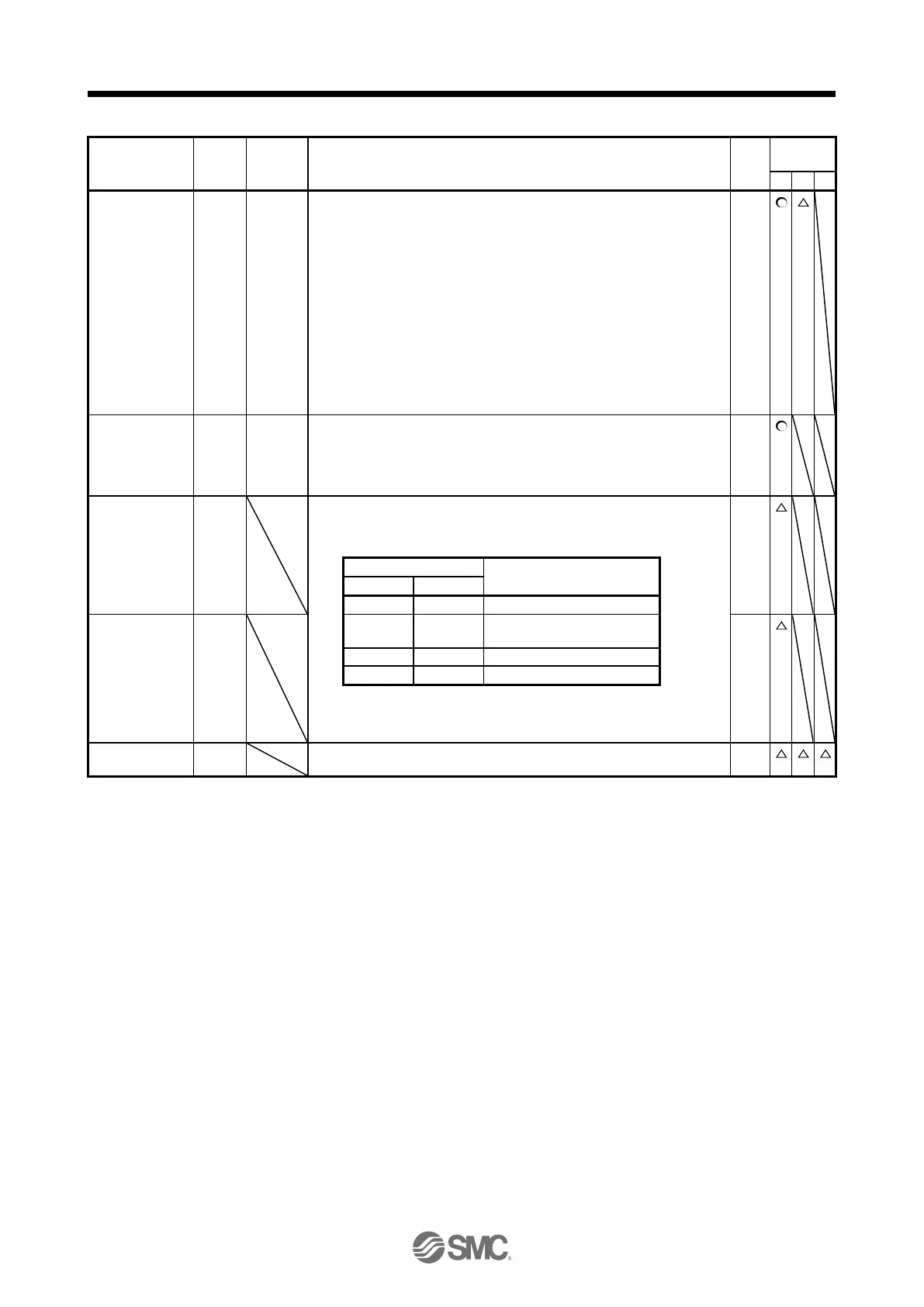Turn PC on to switch the speed amplifier from the proportional integral
type to the proportional type.
If the servo motor at a stop is rotated even for a pulse due to any external
factor, it generates torque to compensate for a position shift. When the
servo motor shaft is to be locked mechanically after positioning completion
(stop), switching on the PC (Proportion control) upon positioning
completion will suppress the unnecessary torque generated to
compensate for a position shift.
When the shaft is to be locked for a long time, switch on the PC
(Proportion control) and TL (External torque limit selection) at the same
time to make the torque less than the rated by TLA (Analog torque limit).
Do not use PC (Proportional control) in the torque control. Doing so may
cause the operation to be performed at a speed exceeding the speed limit
value.
Turn CR on to clear the position control counter droop pulses on its
leading edge. The pulse width should be 10 ms or longer.
The delay amount set in [Pr. PB03 Position command
acceleration/deceleration time constant] is also cleared. When " _ _ _ 1 "
is set to [Pr. PD32], the pulses are always cleared while CR is on.
The combination of CM1 and CM2 enables you to select four different
electronic gear numerators set in the parameters.
CM1 and CM2 cannot be used in the absolute position detection system.
Turn on CDP to use the values of [Pr. PB29] to [Pr. PB36] and [Pr. PB56]
to [Pr. PB60] as the load to motor inertia ratio and gain values.
